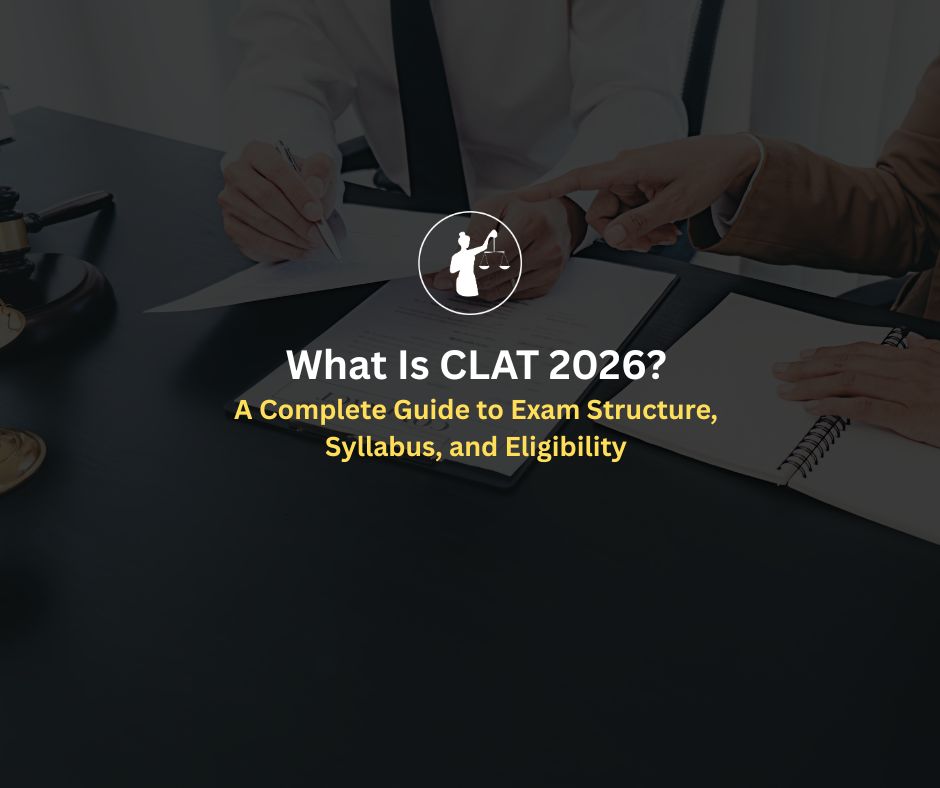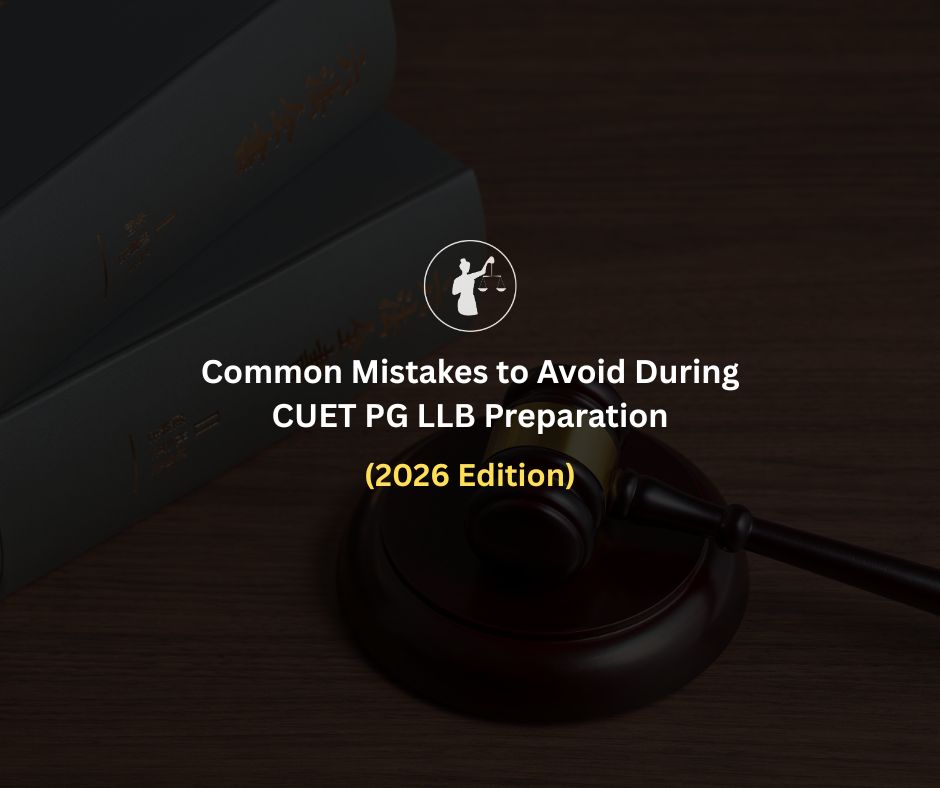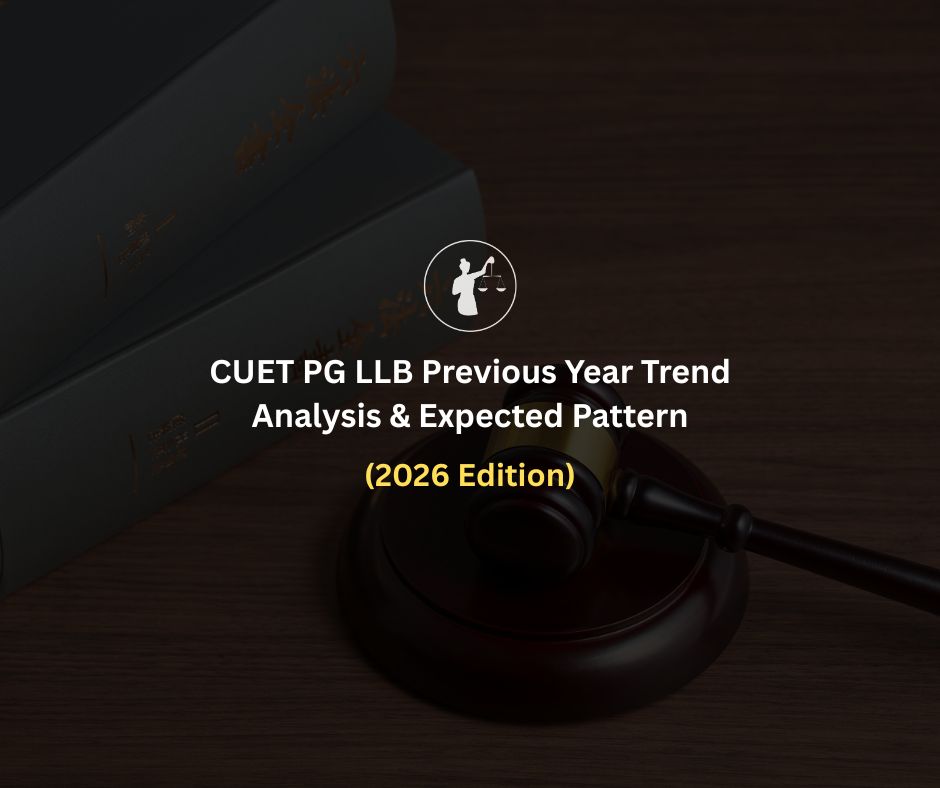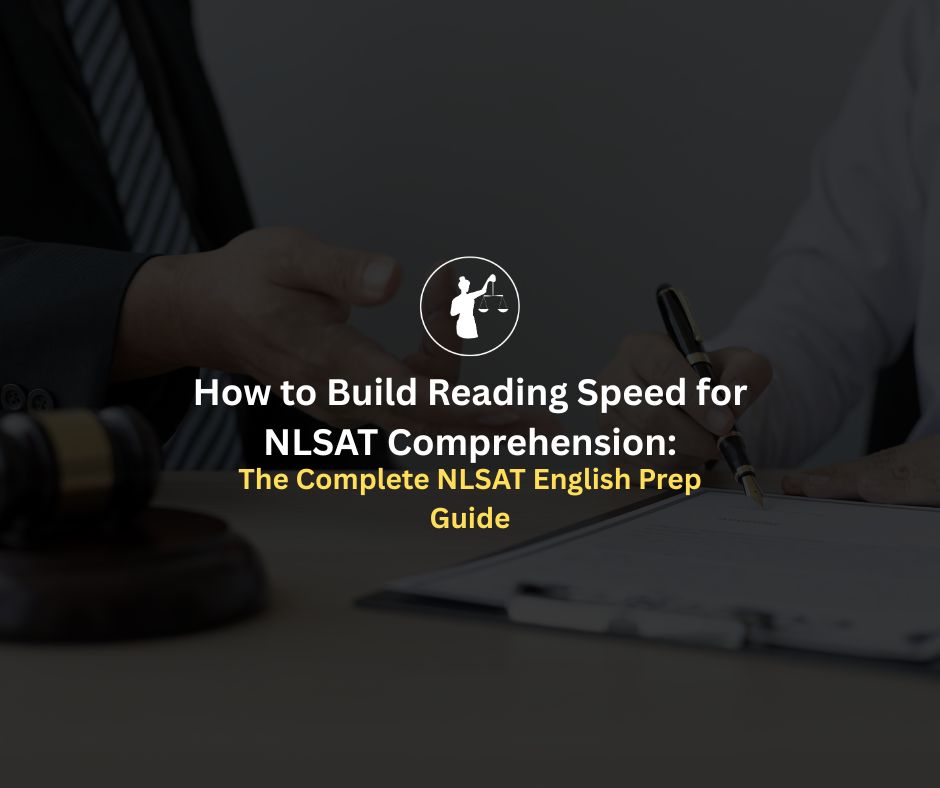
The CLAT 2026 is one of the most anticipated entrance exams for students aspiring to join India’s top National Law Universities (NLUs). Every year, thousands of students compete for limited seats at institutions such as NLSIU Bengaluru, NALSAR Hyderabad, and NLU Delhi. This CLAT 2026 guide provides a complete breakdown of the exam, including its structure, syllabus, eligibility, and preparation tips.
Understanding the exam’s nuances early helps aspirants design smarter strategies and manage time effectively. This CLAT exam guide will serve as your one-stop reference for everything from registration to result declaration, making your CLAT 2026 preparation structured and stress-free.
Best CLAT Coaching Online 2026–2027 by NLTI
The Common Law Admission Test (CLAT 2026) is a centralized, national-level entrance examination for admission to undergraduate (UG) and postgraduate (PG) law programs offered by 24 National Law Universities across India. Conducted by the Consortium of National Law Universities, CLAT is the gateway to prestigious institutions like NLSIU, NALSAR, NUJS, and NLU Jodhpur.
This CLAT guide helps you understand not only what the exam is but how its structure and pattern are evolving, so you can stay ahead of other aspirants.
A well-researched CLAT 2026 guide simplifies preparation by explaining key concepts, patterns, and timelines clearly. Aspirants often make the mistake of focusing only on syllabus completion without understanding the exam’s analytical depth.
This CLAT guide helps you focus on comprehension-based learning, logical reasoning accuracy, and effective time management, three pillars of CLAT success.
The CLAT 2026 exam pattern continues the comprehension-based approach introduced in recent years. Instead of direct factual questions, each section features passage-based analytical questions requiring interpretation, reasoning, and critical evaluation.
Total Questions: 120
Duration: 120 minutes (2 hours)
Marking Scheme: +1 for every correct answer, -0.25 for every incorrect answer
Mode: Offline (OMR-based)
This structure tests both reading speed and accuracy, making mock analysis crucial during your CLAT 2026 preparation.
Each section in CLAT 2026 tests not rote memory but analytical comprehension, understanding context, drawing inferences, and applying logic.
Read More: Recent Legal Developments & Their Relevance to CLAT
The CLAT 2026 syllabus remains comprehension-driven, focusing on reading interpretation, reasoning, and real-world application. Here’s a section-wise breakdown from this CLAT exam guide:
Reading comprehension passages (400–450 words each)
Vocabulary-in-context and grammar
Inference-based and tone questions
Sentence correction and idioms occasionally appear in mocks
Preparation Tip: Read editorial pages of The Hindu or Indian Express daily. Practice summarizing each passage in two lines. This improves accuracy and speed, a core skill for CLAT 2026.
This section evaluates awareness of recent national and international events. Topics often include:
Important bills and amendments
Supreme Court judgments
Government schemes and policies
International summits and treaties
Environmental, social, and tech developments
CLAT 2026 guide tip: Prioritize understanding why an event matters, not just when it happened. Monthly compendiums like NLTI’s GK Booster help in active recall and application.
The most crucial section in CLAT 2026, Legal Reasoning tests your ability to apply principles to new situations. It covers:
Legal principles of contracts, torts, and criminal law
Constitutional rights and governance
Contemporary legal developments (privacy, AI ethics, etc.)
Preparation Tip: Build a “Principle Bank”, short summaries of core doctrines and apply them through practice passages. The CLAT 2026 guide recommends practicing 5–6 passages daily.
Logical Reasoning passages in CLAT 2026 focus on argumentation, assumption, and inference. Common question types include:
Strengthen/Weaken the argument
Identify conclusions
Find assumptions or logical gaps
Evaluate reasoning flaws
CLAT exam guide tip: Use previous-year papers to learn how CLAT frames subtle logic traps. NLTI’s logical-reasoning workshops are useful for real-exam simulation.
The Quantitative section contributes 10% of the paper. Questions are based on:
Data interpretation (tables, graphs, charts)
Ratios, percentages, averages
Time, work, and profit-loss
Speed and distance problems
Preparation Tip: Solve 10–15 DI sets weekly. The best CLAT 2026 guide strategy here is to focus on estimation shortcuts rather than lengthy calculations.
Read More: Mock Test Review: Use Mistakes to Boost Your Score
The CLAT 2026 eligibility remains consistent with previous years.
Candidates must have passed Class 12 or equivalent from a recognized board.
Minimum marks required:
45% for General/OBC/PWD/NRI candidates
40% for SC/ST candidates
Students appearing in Class 12 exams in 2026 are also eligible, provided they submit proof at admission time.
There is no upper age limit for CLAT 2026 UG programs.
Indian nationals and NRIs are eligible.
NRI-sponsored category available for specific NLUs; criteria differ by university.
This CLAT 2026 guide advises students to review each NLU’s separate admission policy for NRI seats.
The Consortium of NLUs releases CLAT exam dates officially on its website. Based on previous timelines, here’s the expected schedule for CLAT 2026:
This CLAT exam guide recommends bookmarking these dates and setting reminders for every milestone to avoid last-minute rushes.
Read More: CLAT 2026 vs Previous Years: Key Patterns Emerging
Preparation for CLAT 2026 requires consistent reading, reasoning practice, and time management. Below are proven methods recommended by top rankers and mentors.
A disciplined study plan is central to this CLAT 2026 guide. Divide your prep into three phases:
Foundation (3–4 months): Build concepts through reading comprehension, GK capsules, and logical puzzles.
Application (2–3 months): Attempt topic-wise tests; start full-length mocks.
Revision & Mocks (final 2 months): Analyze 25–30 mocks, focus on weak areas, and stabilize attempt strategy.
CLAT online coaching platforms such as NLTI help students maintain structure with live classes, mentor-guided analysis, and performance dashboards.
Reliable study material is a cornerstone of any CLAT guide. Recommended sources include:
The Hindu / Indian Express for editorials
Manorama Yearbook and GK Booster for Current Affairs
NLTI’s Falcon Batch for full-syllabus video coverage
Consortium sample papers for question pattern familiarity
Joining the best CLAT online coaching ensures expert mentorship and mock-test integration, which are crucial for CLAT 2026 success.
NLTI’s programs provide one-on-one mentorship, mock reviews, and GK updates aligned to CLAT exam dates and syllabus trends.
The CLAT 2026 guide you’ve just read consolidates everything aspirants need, from eligibility and syllabus to preparation strategy and key resources.
Unlike generic exam overviews, this CLAT exam guide emphasizes understanding comprehension-based testing, analytical skill-building, and mock feedback loops, the three factors that differentiate top performers.
By following this structured CLAT 2026 guide, aspirants can plan their entire year effectively, avoid common mistakes, and maximize their performance.
With its personalized mentorship, analytical mock tests, and GK Booster modules, NLTI remains one of the top destinations for aspirants looking to prepare efficiently for CLAT 2026.
The CLAT 2026 journey demands consistency, not chaos, and this CLAT guide will help you transform preparation into confidence and confidence into success.
The CLAT 2026 exam is expected to be held on Sunday, December 7, 2025, in offline mode. Official CLAT exam dates will be confirmed by the Consortium of NLUs in July 2025.
2. How can I register for CLAT 2026?
Aspirants can register through the official Consortium website by filling out the CLAT 2026 application form, uploading required documents, and paying the fee online before the October 2025 deadline.
3. How many seats are available through CLAT 2026?
Approximately 3,200 UG and 1,000 PG seats are offered across 24 NLUs through CLAT 2026, as listed in the official CLAT guide released annually.
4. What is the difficulty level of CLAT 2026?
According to the CLAT 2026 guide, the exam is moderately difficult with comprehension-based questions. It tests reasoning, analytical ability, and current-affairs awareness rather than rote learning.
5. Can I prepare for CLAT 2026 without coaching?
Yes, self-study with structured materials can work, but joining expert-led programs through CLAT online coaching improves consistency, guidance, and time management, essential for cracking CLAT 2026.
6. What subjects should I focus on most for CLAT 2026?
As per the CLAT 2026 guide, prioritize Legal Reasoning and Current Affairs since they carry nearly 55% of total marks. Strengthening comprehension and inference skills is key.
7. Is there a negative marking system in CLAT 2026?
Yes. The CLAT 2026 exam follows a -0.25 penalty for each wrong answer. Managing accuracy is crucial to maintain percentile rank in this clat exam guide.
8. What is the age limit to appear for CLAT 2026?
There is no upper age limit for appearing in CLAT 2026. However, candidates must meet the educational eligibility mentioned in this CLAT 2026 guide (minimum 45% in Class 12).
9. Which newspapers and resources are best for CLAT 2026 GK prep?
The best CLAT guide recommends The Hindu, Indian Express, LiveLaw, and monthly compendiums like NLTI’s GK Booster for continuous GK and legal updates.
10. Why should I trust this CLAT 2026 guide?
This CLAT exam guide is based on the latest Consortium updates, paper analysis, and NLU mentor insights. It offers a complete roadmap for understanding the exam pattern, syllabus, and strategy for CLAT 2026 success.





